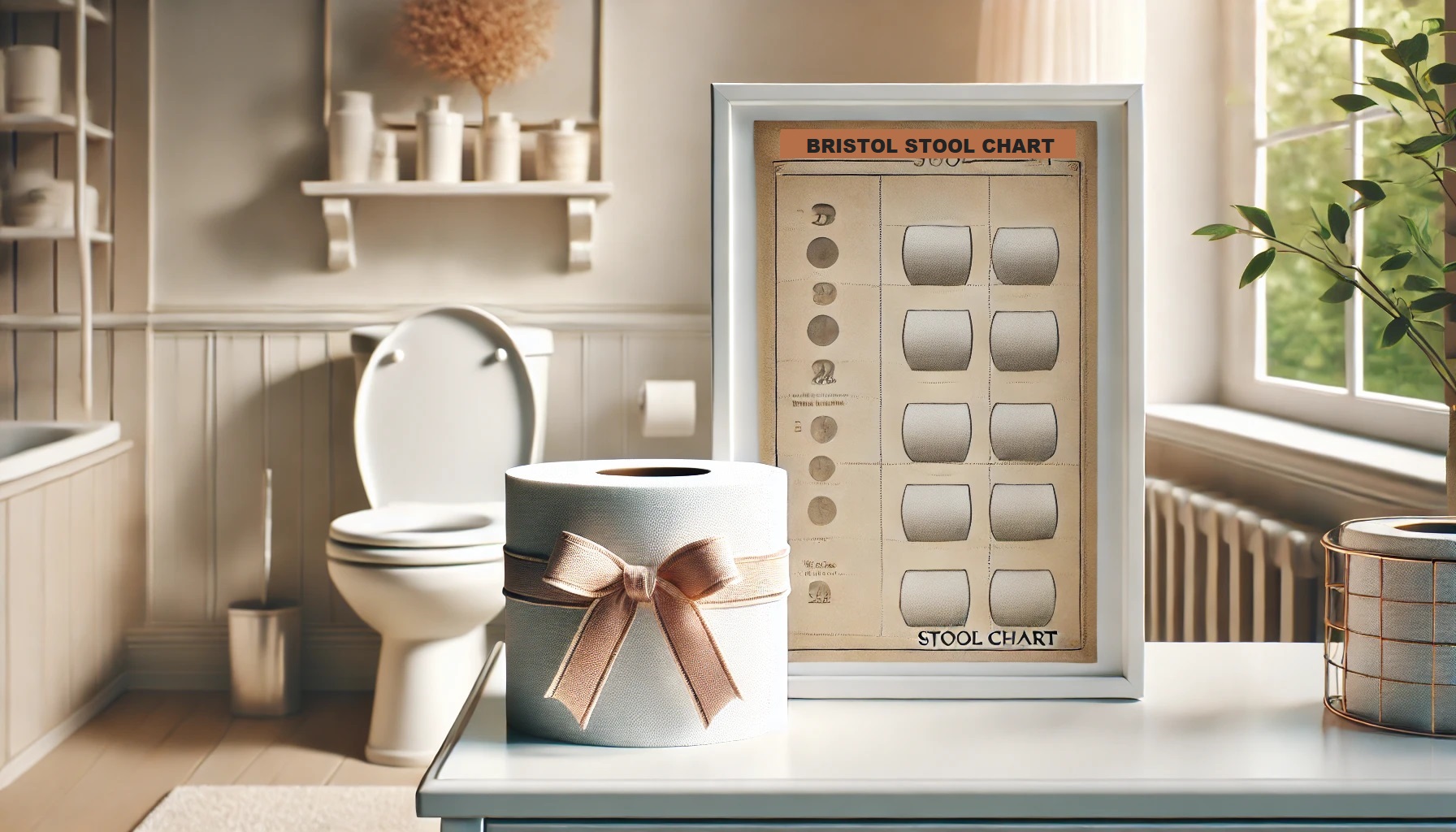Check out this answer from Consensus:
The Bristol Stool Chart is an essential tool in the assessment of bowel habits and stool consistency. Its widespread use and validation across different populations and cultures underscore its importance in both clinical and research settings. However, clinicians should be aware of its limitations and use it as part of a broader diagnostic approach.
The Bristol Stool Chart, also known as the Bristol Stool Form Scale (BSFS), is a medical tool designed to classify human feces into seven distinct categories. Developed at the University of Bristol, this scale has become the gold standard for assessing stool consistency and intestinal transit time in adults. It is widely used in both clinical practice and research to help diagnose and manage various gastrointestinal conditions.
The Seven Types of Stool
The BSFS categorizes stools into seven types, each representing different bowel habits and transit times:
- Type 1: Separate hard lumps, like nuts (hard to pass) – Indicates severe constipation.
- Type 2: Sausage-shaped but lumpy – Suggests mild constipation.
- Type 3: Like a sausage but with cracks on its surface – Considered normal but on the edge of constipation.
- Type 4: Like a sausage or snake, smooth and soft – Represents the ideal stool, indicating healthy bowel habits.
- Type 5: Soft blobs with clear-cut edges (passed easily) – Indicates a tendency towards diarrhea.
- Type 6: Fluffy pieces with ragged edges, a mushy stool – Suggests mild diarrhea.
- Type 7: Watery, no solid pieces, entirely liquid – Indicates severe diarrhea.
Clinical Relevance
The form of the stool strongly influences the act of defecation. The need to strain increases as the type number goes down, and the feeling of urgency increases as the type number rises. Feelings of incomplete evacuation occur quite often in normal individuals if their stool is at either end of the scale, but rarely if the stool is type 3 or 41.
Applications in Different Populations
Adults
The BSFS is primarily used to assess stool consistency in adults. It has been validated and translated into multiple languages, demonstrating high reliability and agreement among healthcare professionals and patients3 5. The scale is particularly useful in evaluating intestinal transit time, with type 1 indicating the slowest transit time (constipation) and type 7 the fastest (diarrhea)1.
Children
For non-toilet trained children, the BSFS is inadequate. Alternative scales like the Brussels Infant and Toddler Stool Scale (BITSS) have been developed to assess stool consistency in this population. The BITSS has shown good agreement with the BSFS and is reliable for clinical practice and research4.
Cross-Cultural Adaptations
The BSFS has been translated and culturally adapted for use in various countries, including Brazil and Poland. These adaptations have shown substantial validity and reliability, making the BSFS a versatile tool for global use3 5.
Limitations
While the BSFS is a reliable tool, its reproducibility can decrease when determining stool form designations according to the Rome III criteria for normal or abnormal stools (constipation or diarrhea)6. This suggests that while the BSFS is useful, it should be used in conjunction with other diagnostic criteria for a comprehensive assessment.
